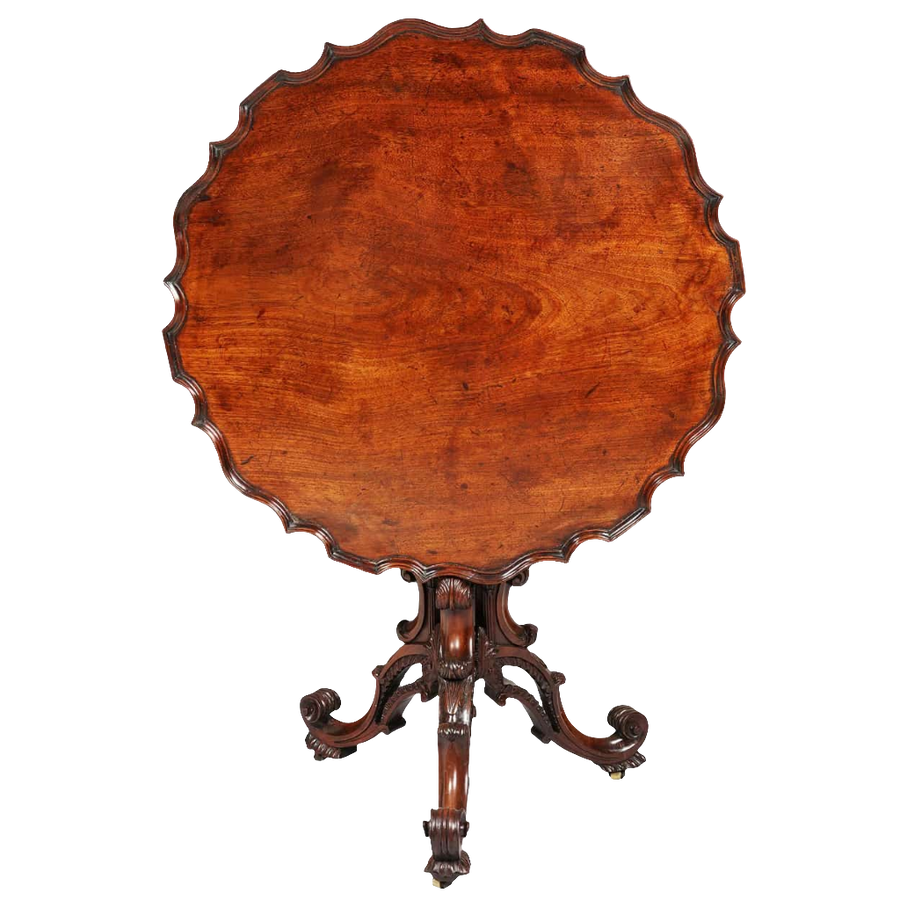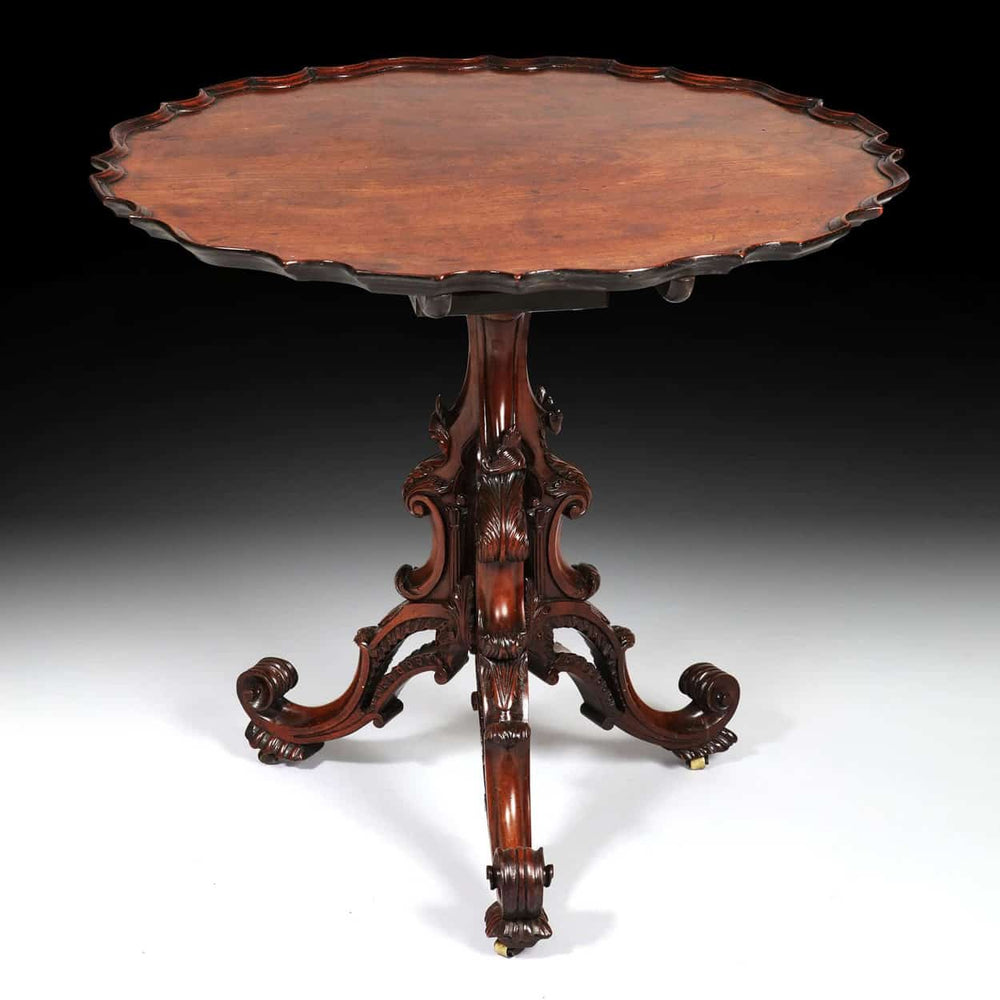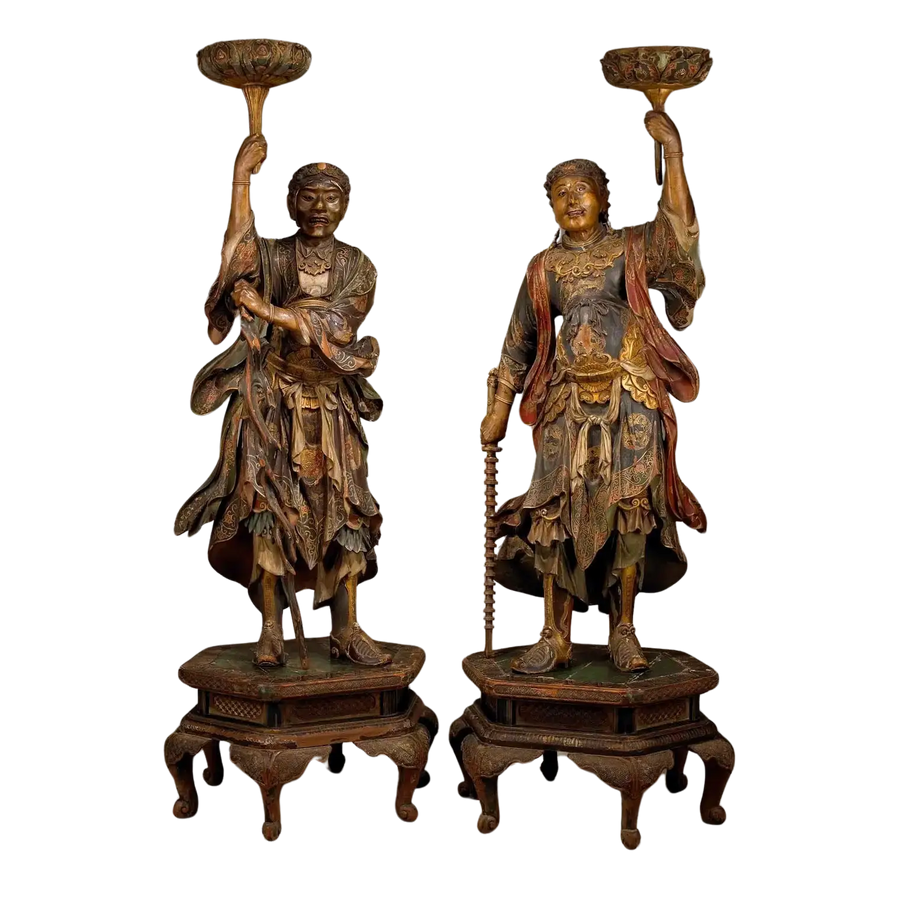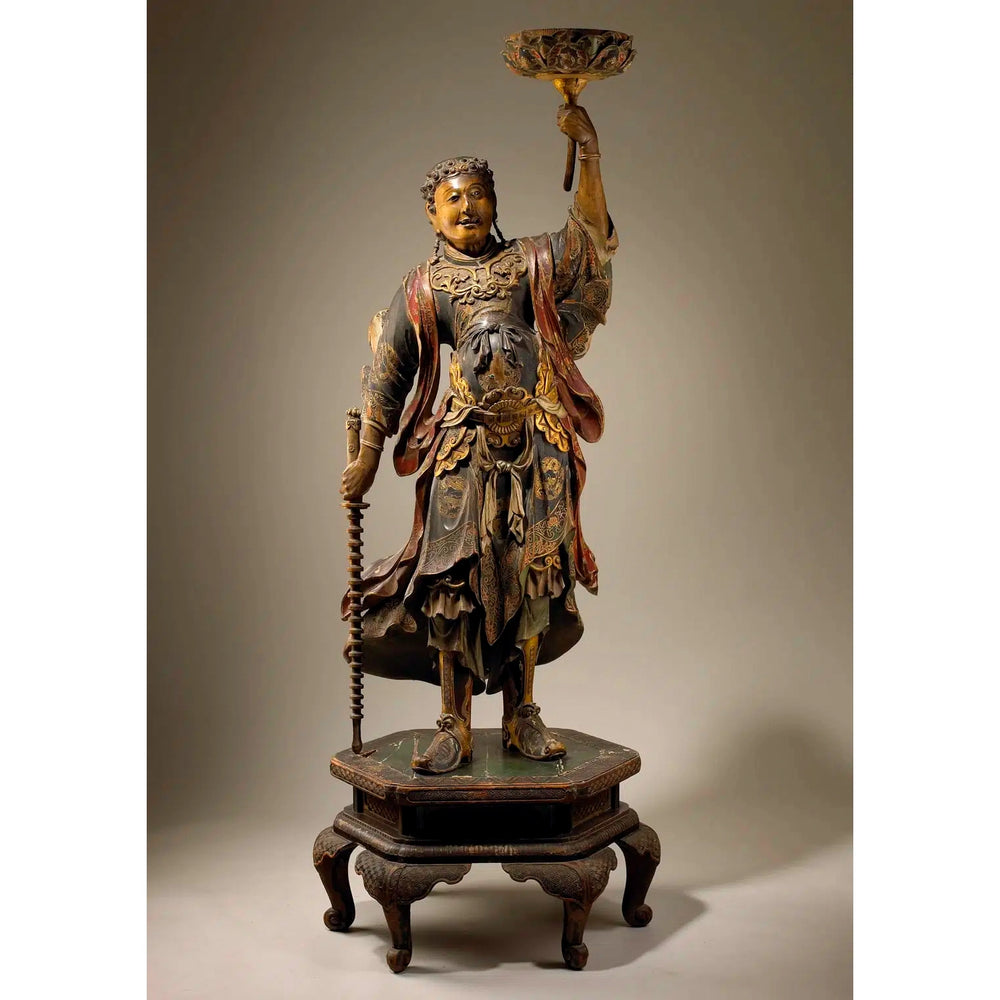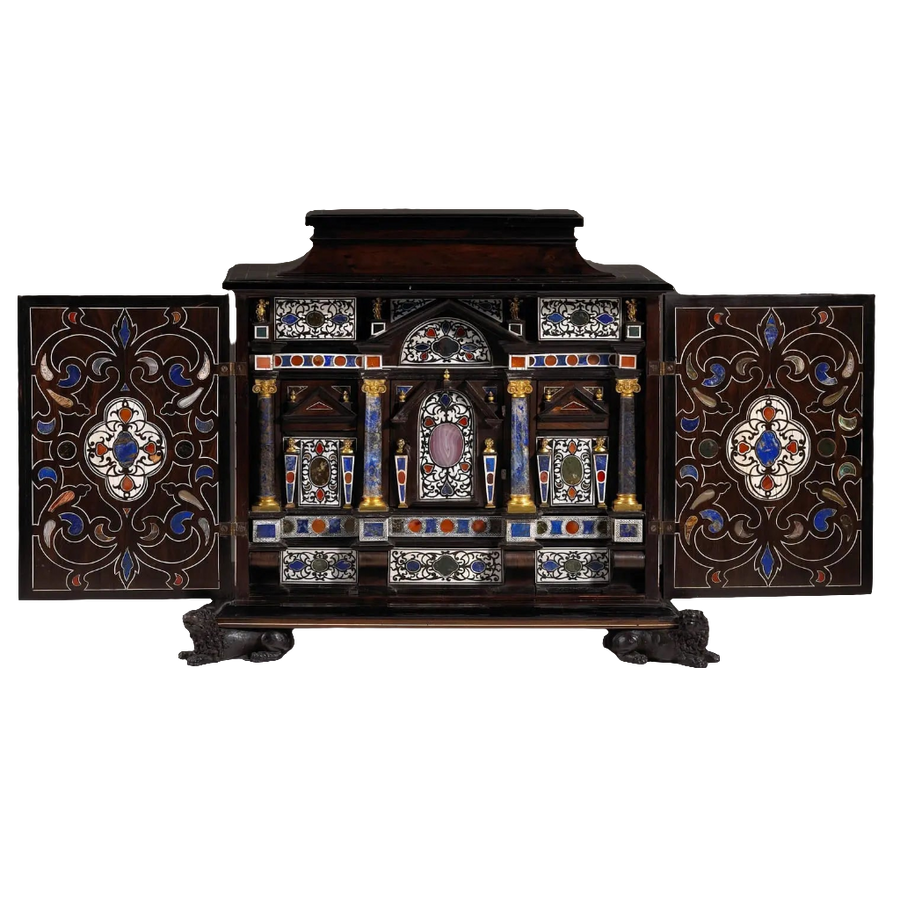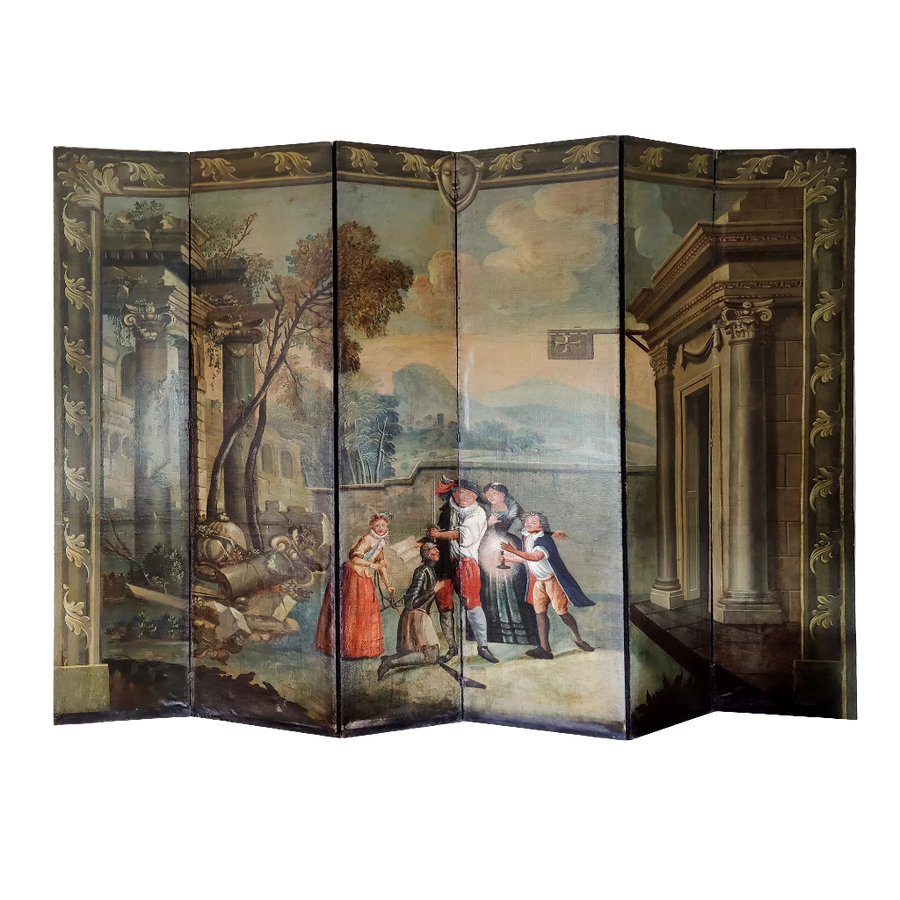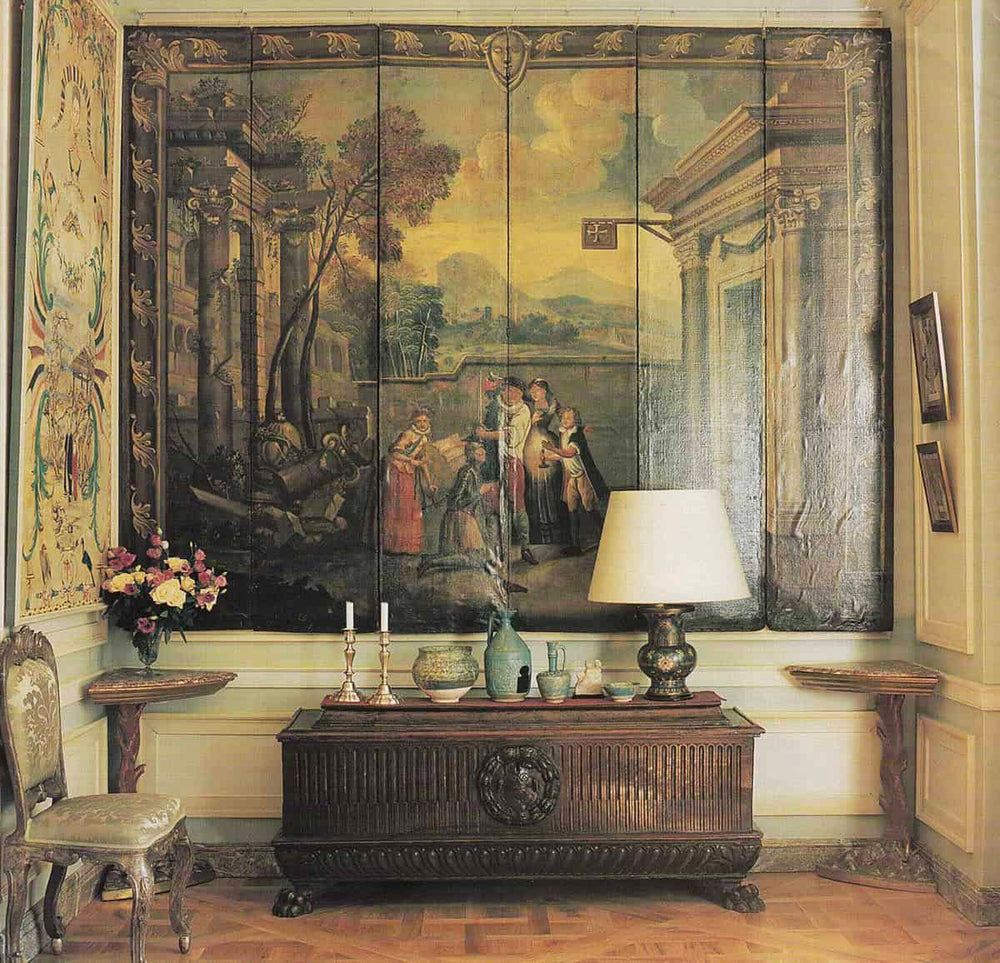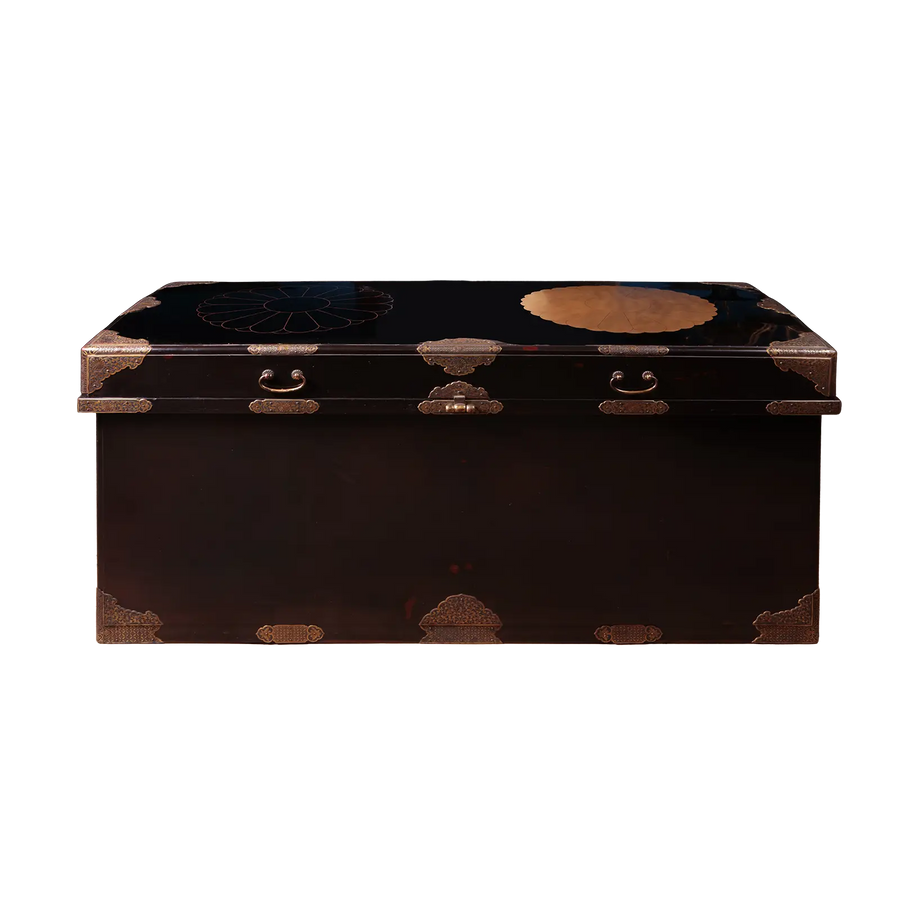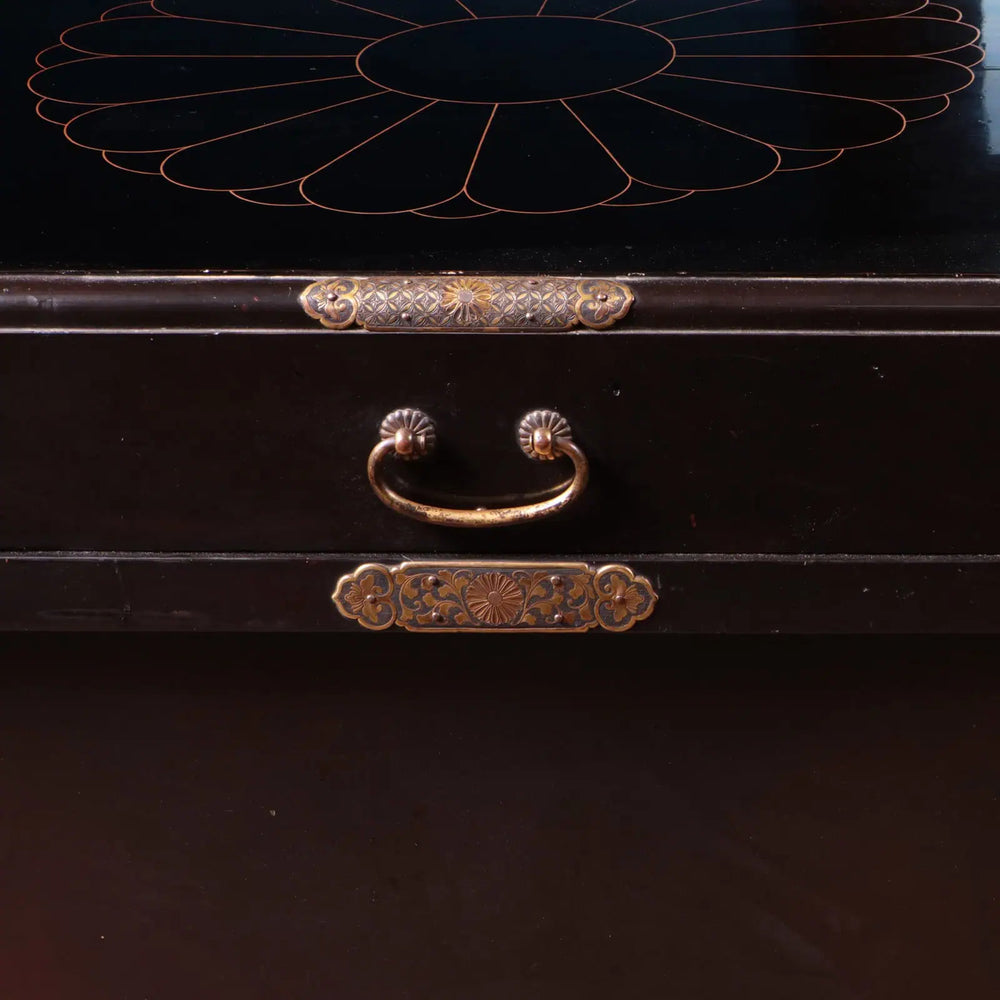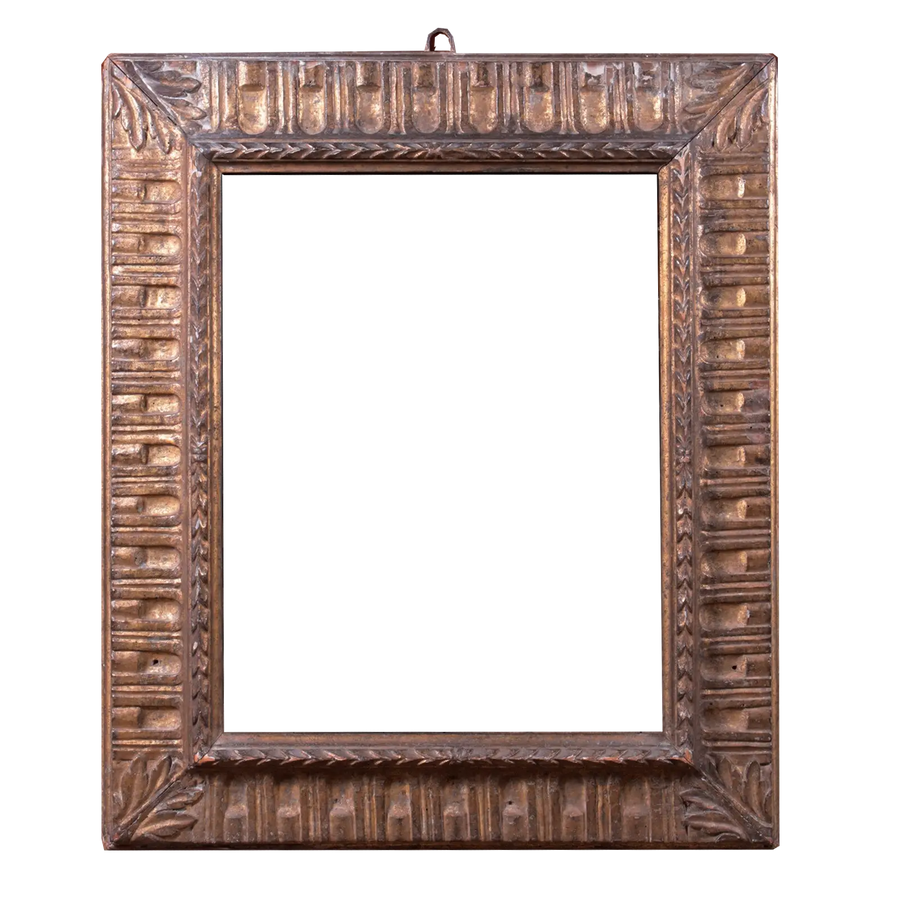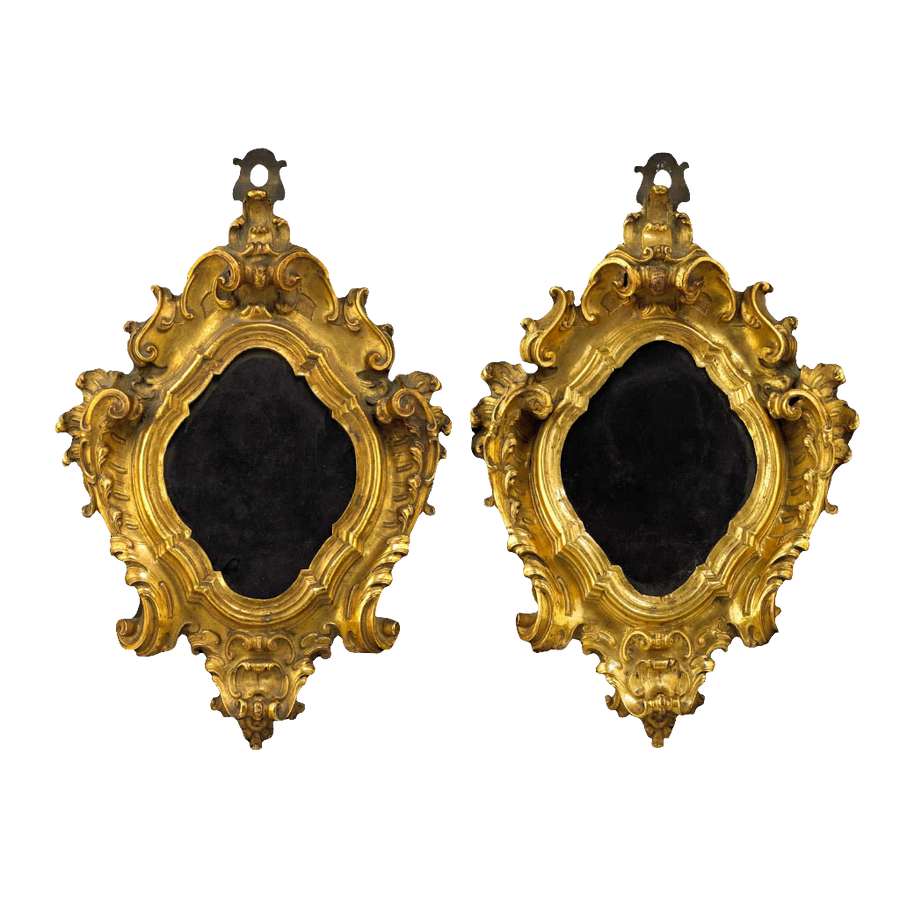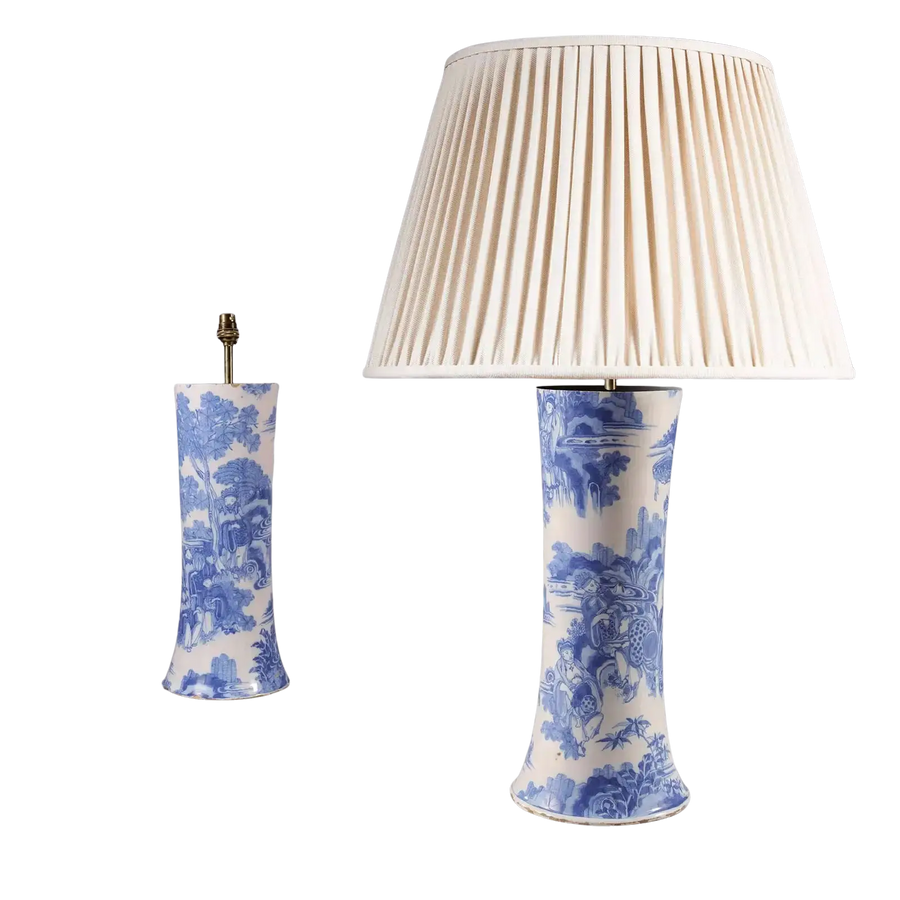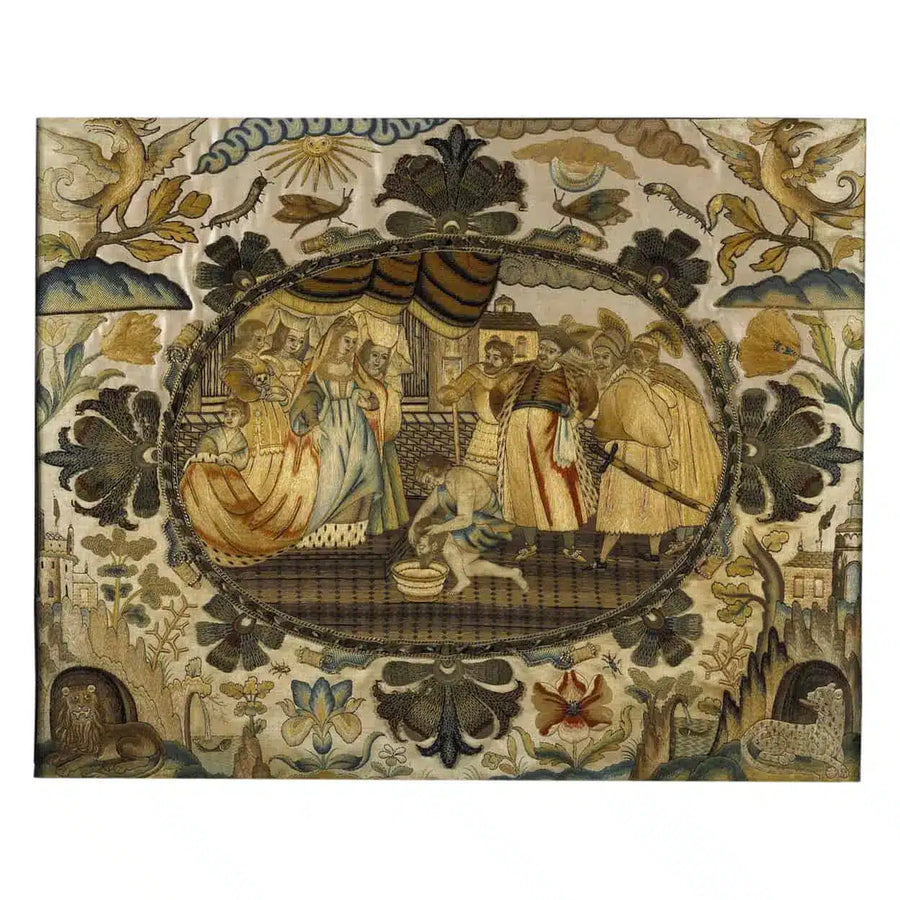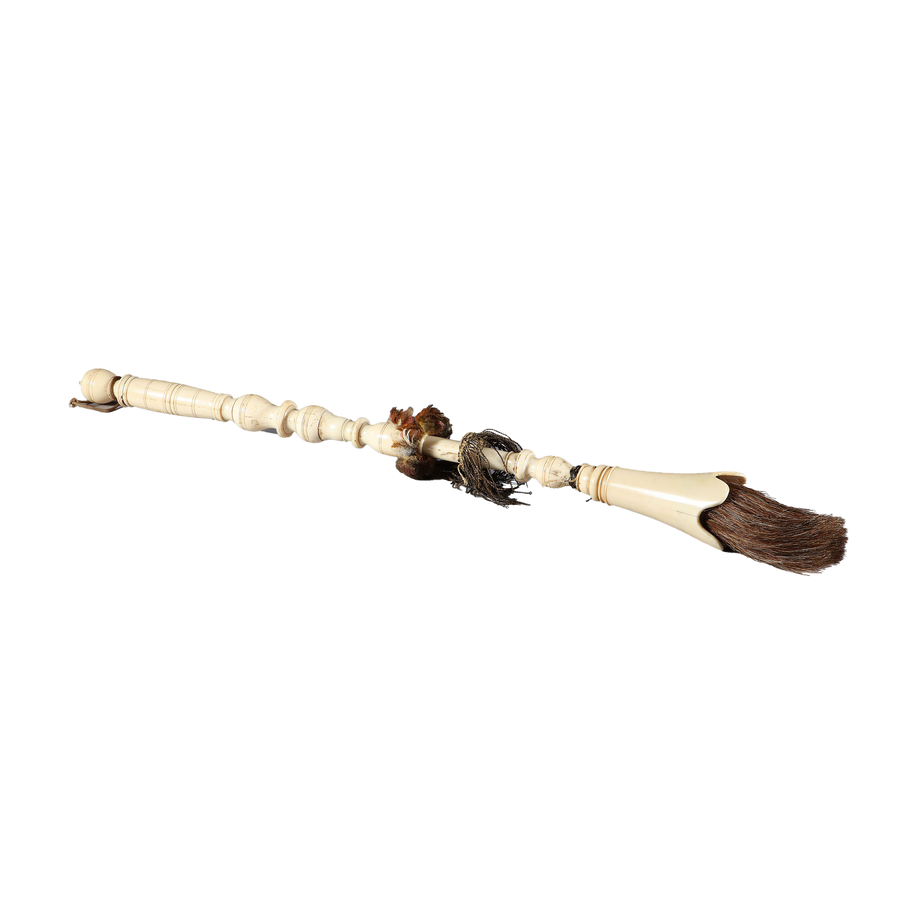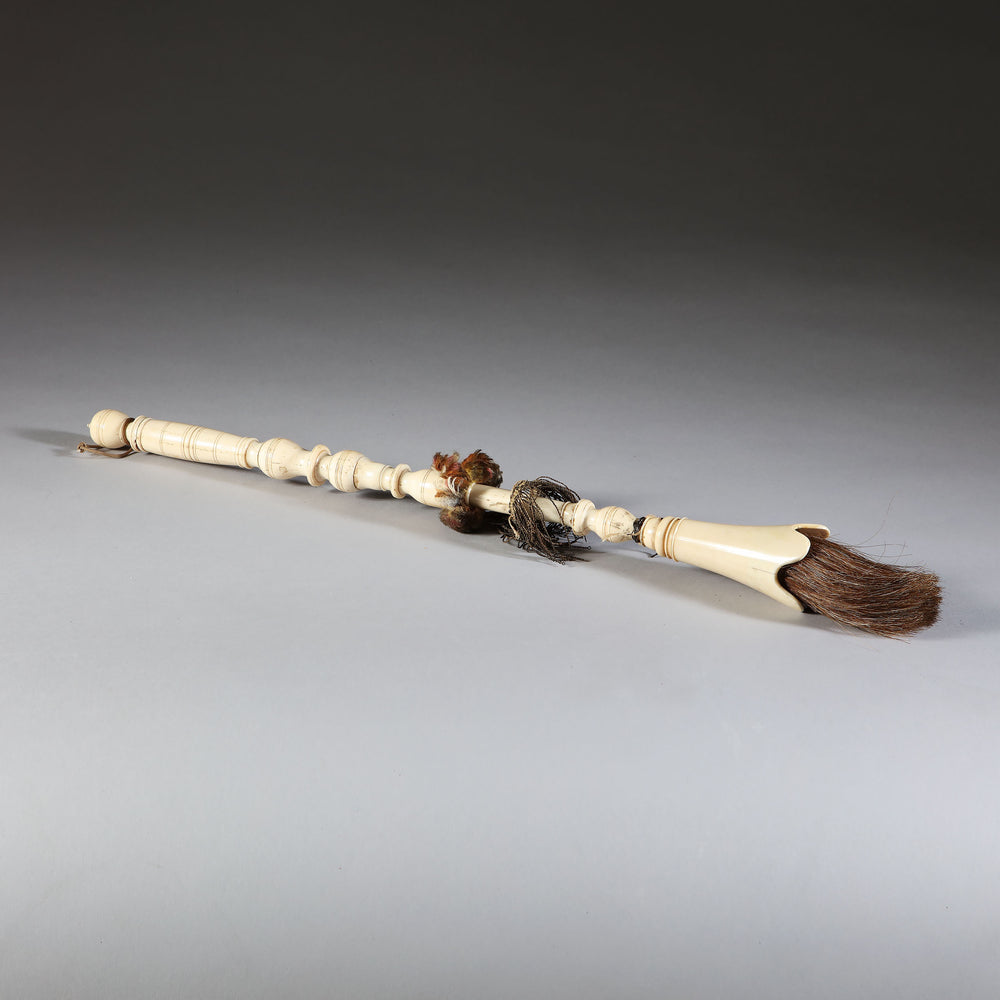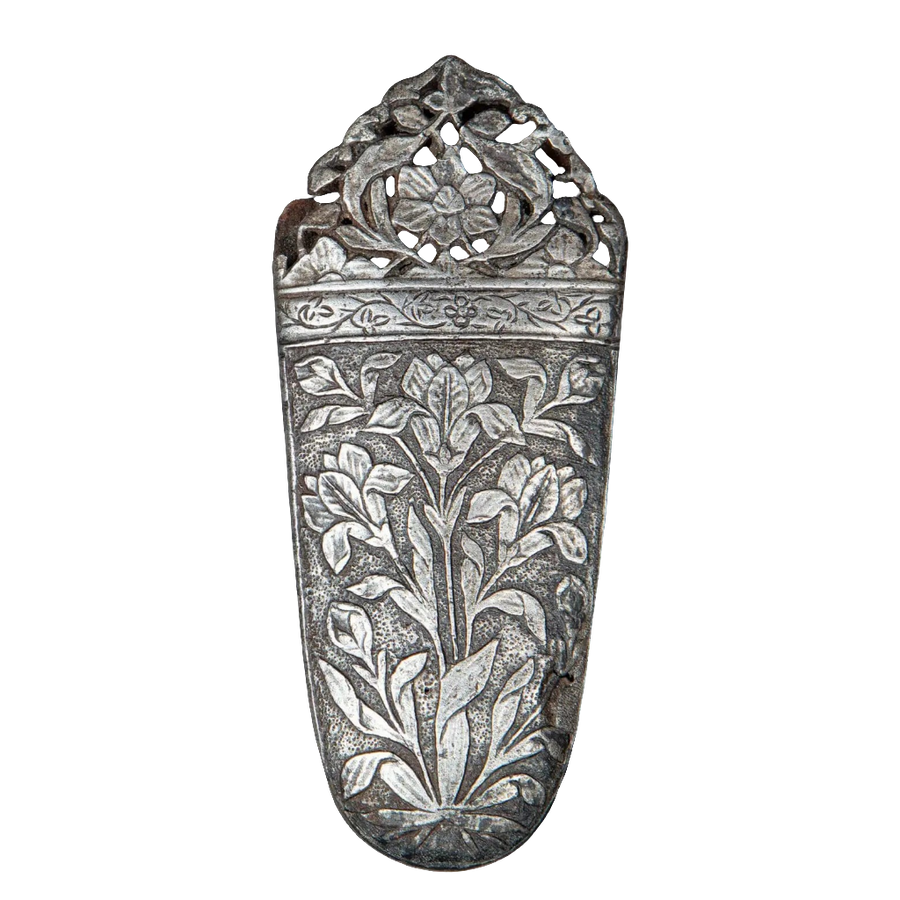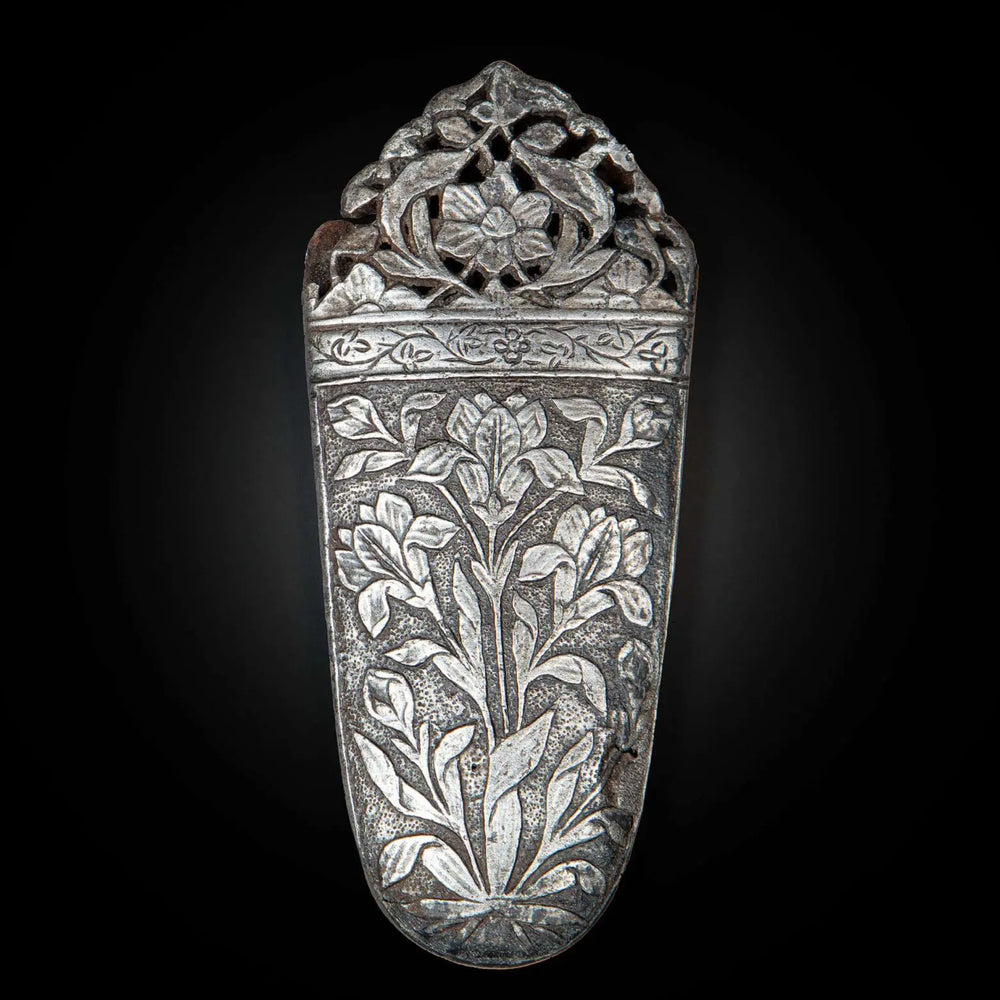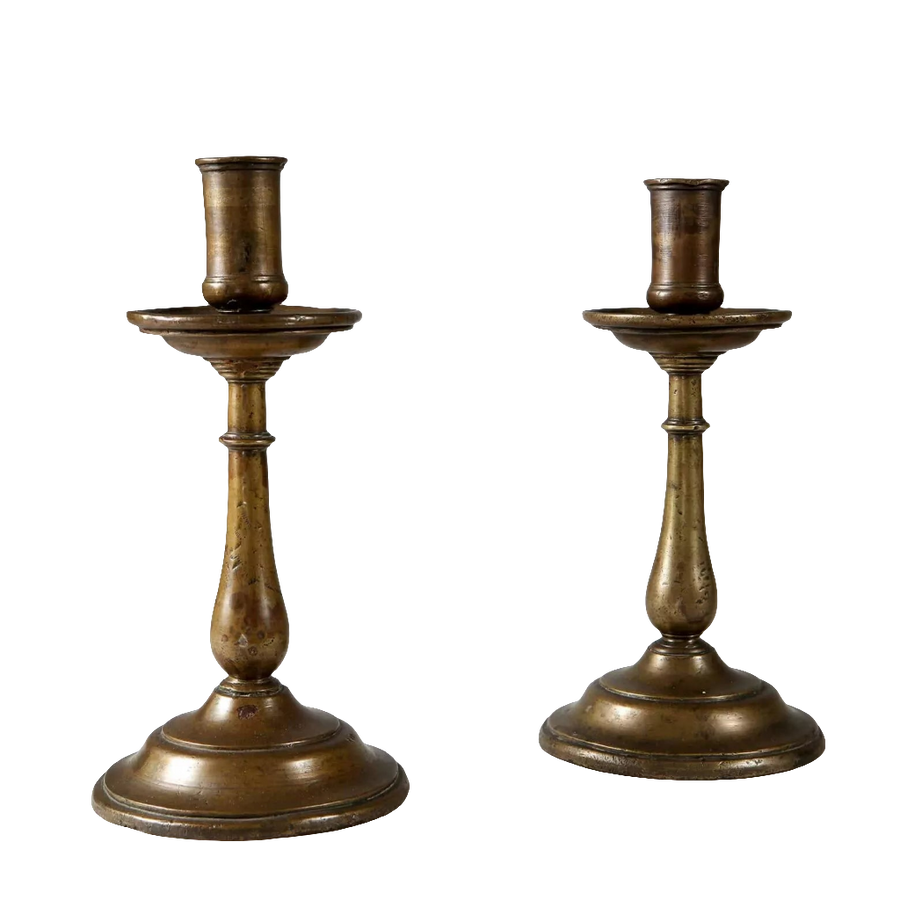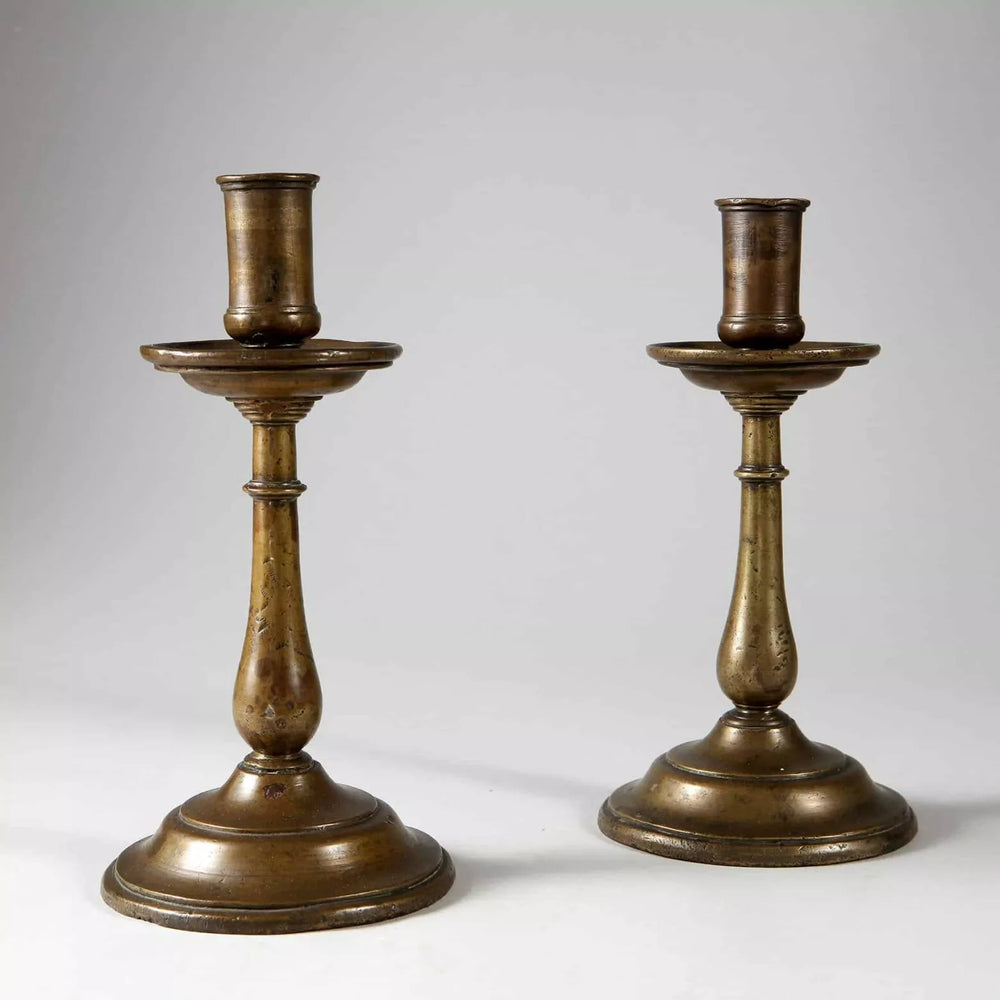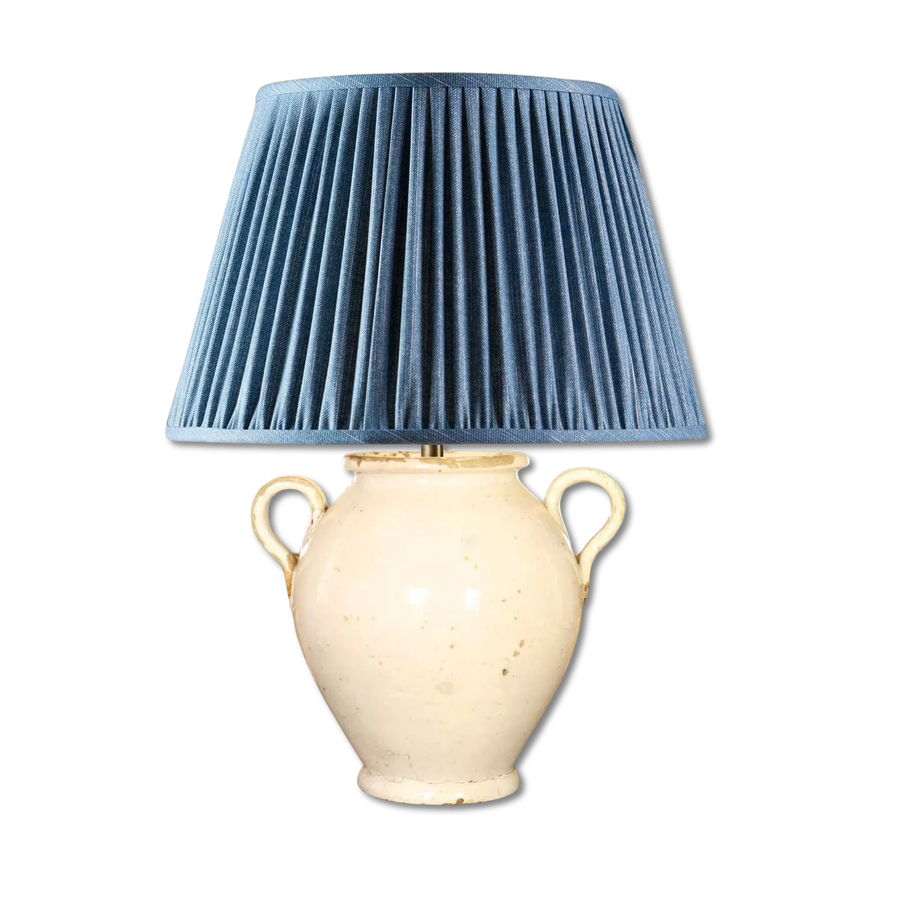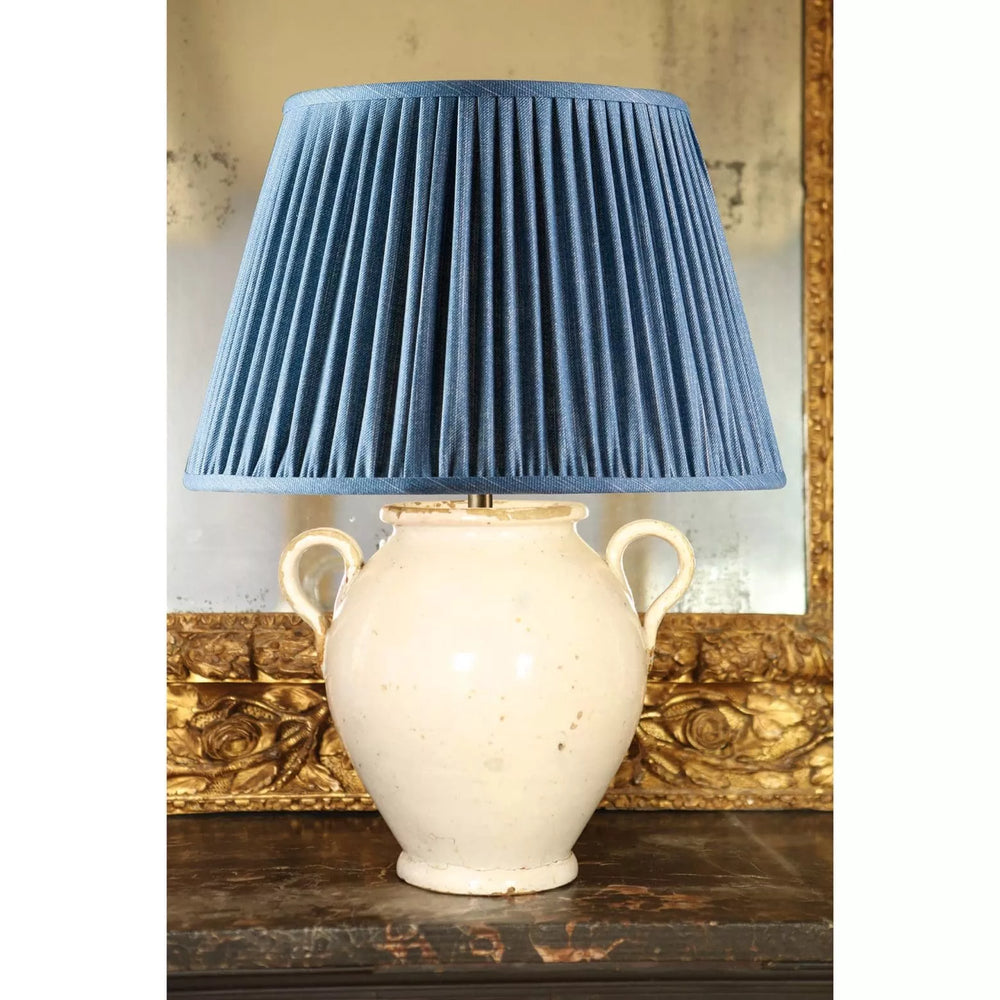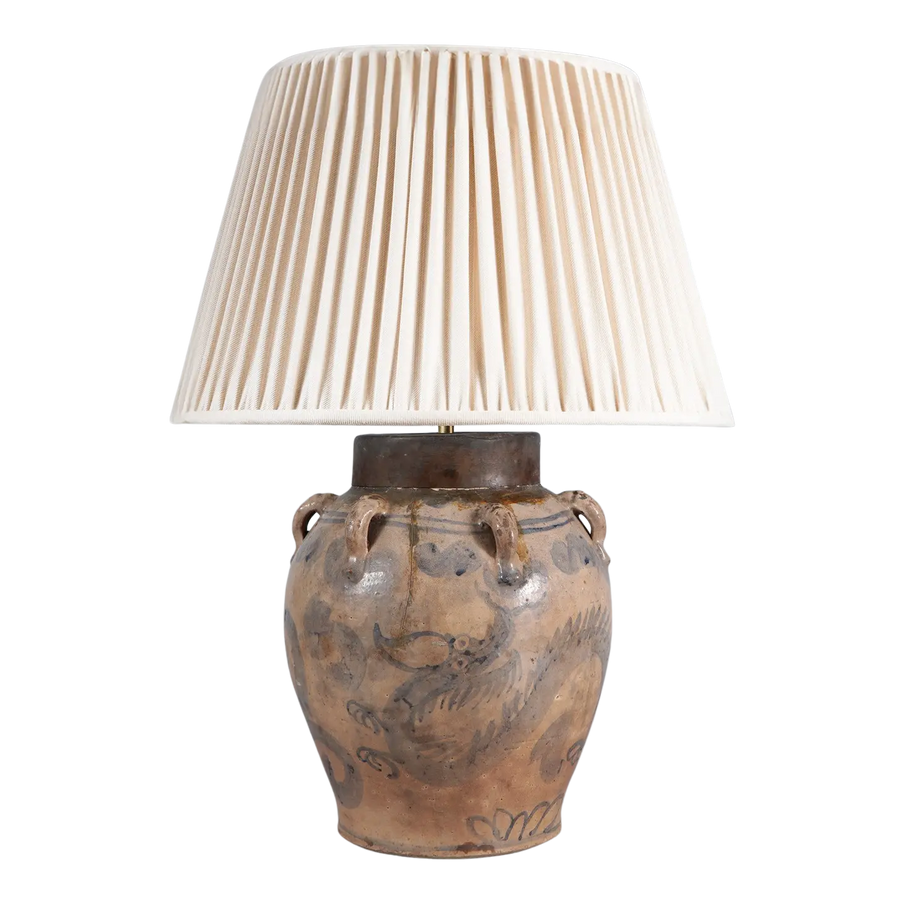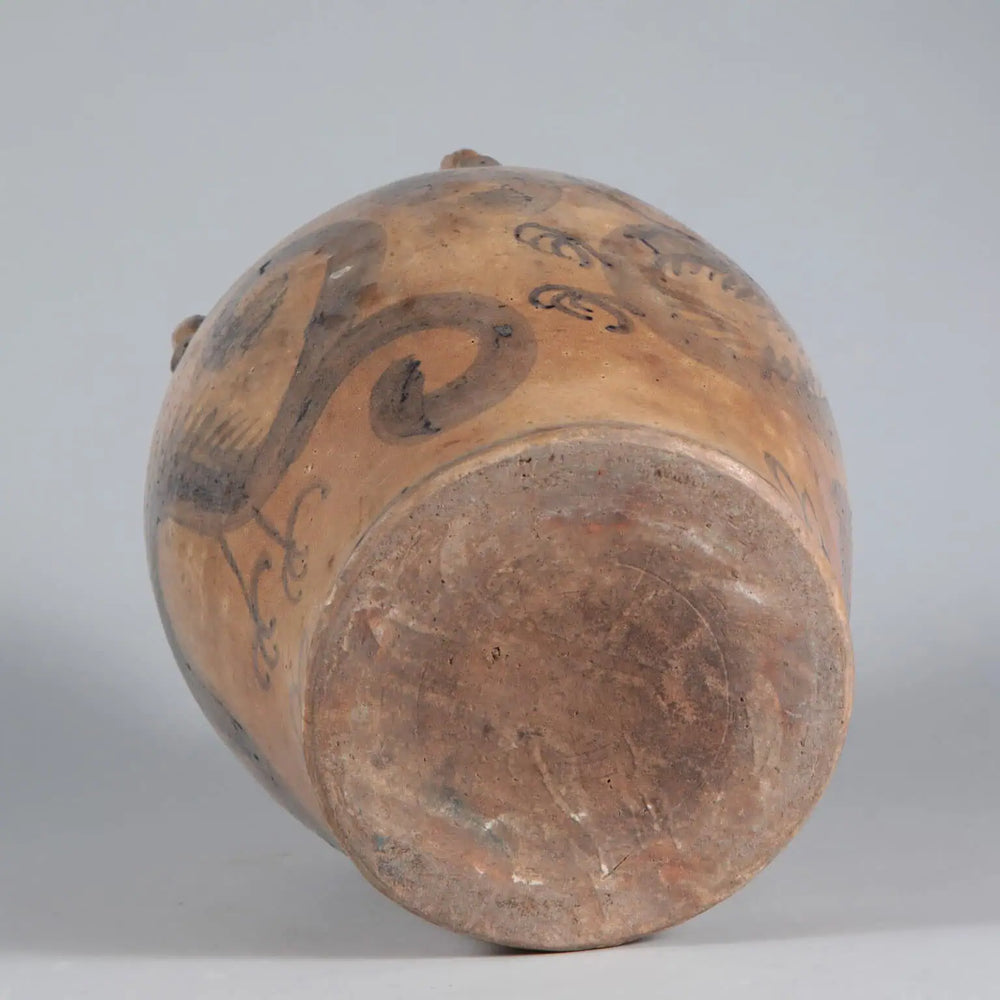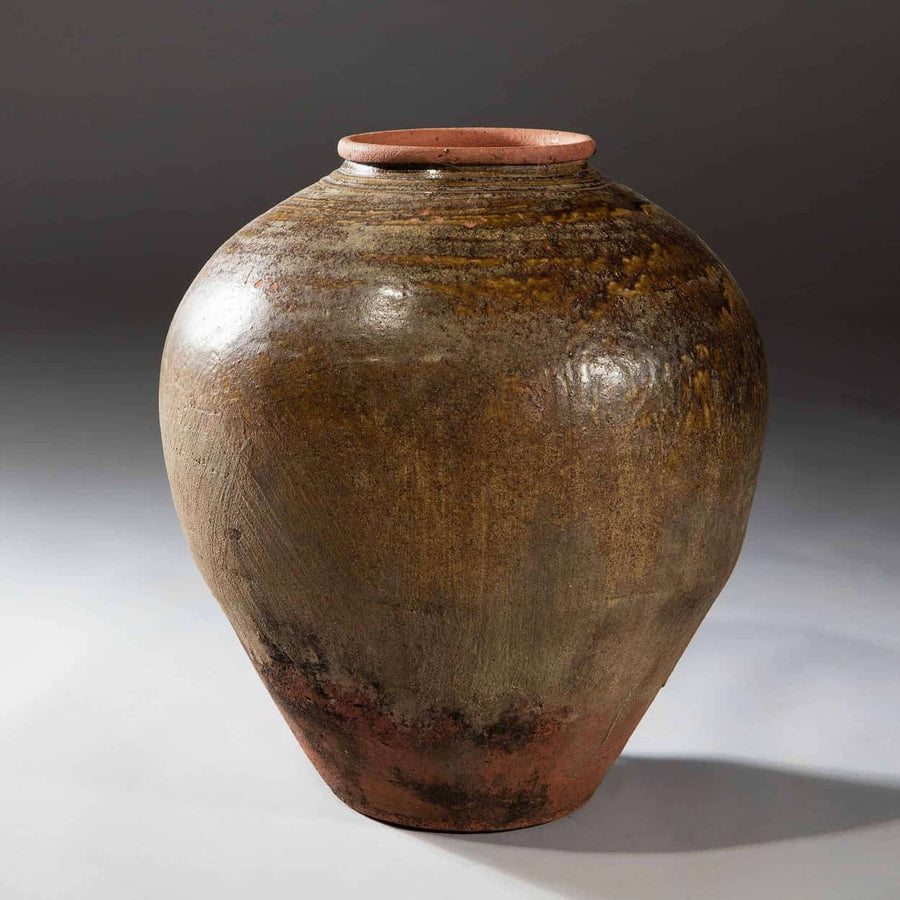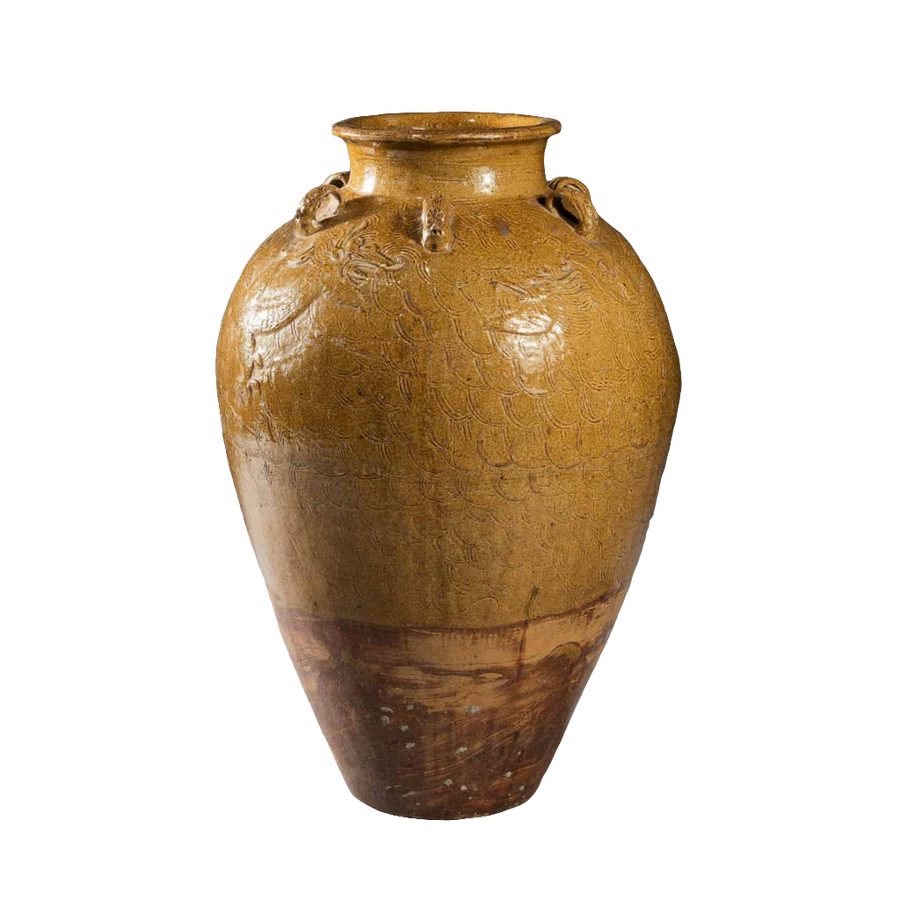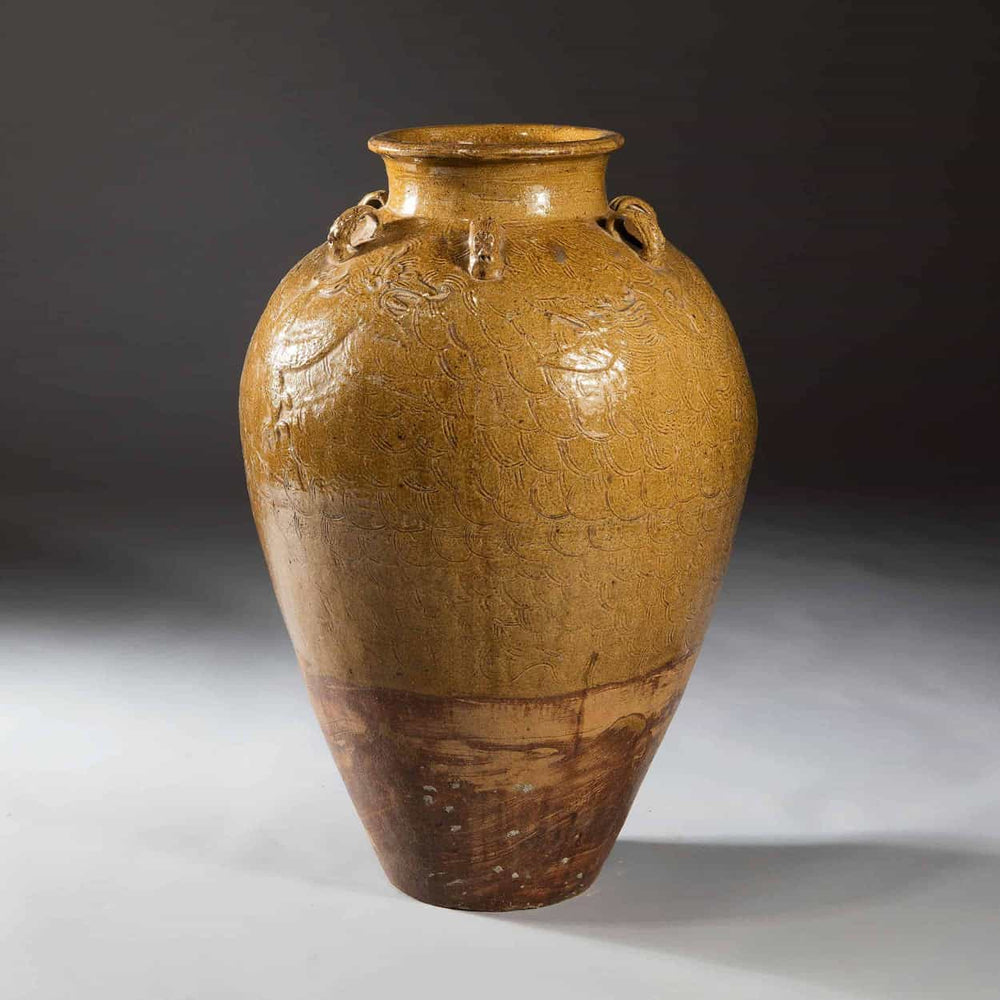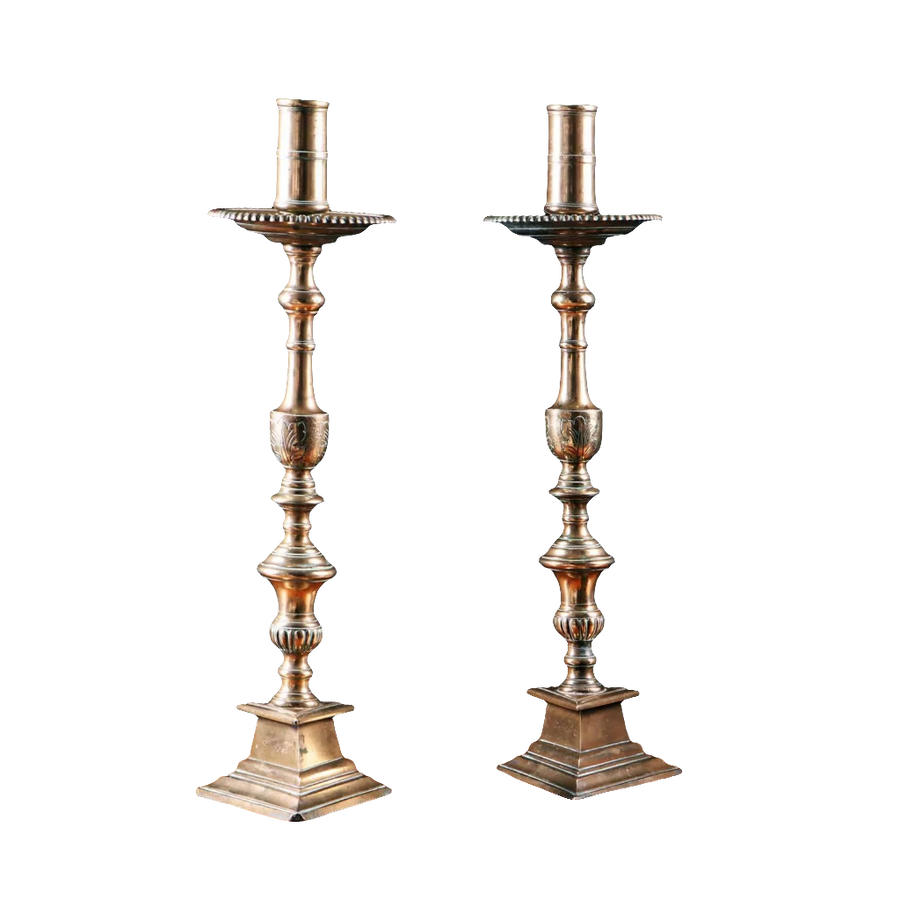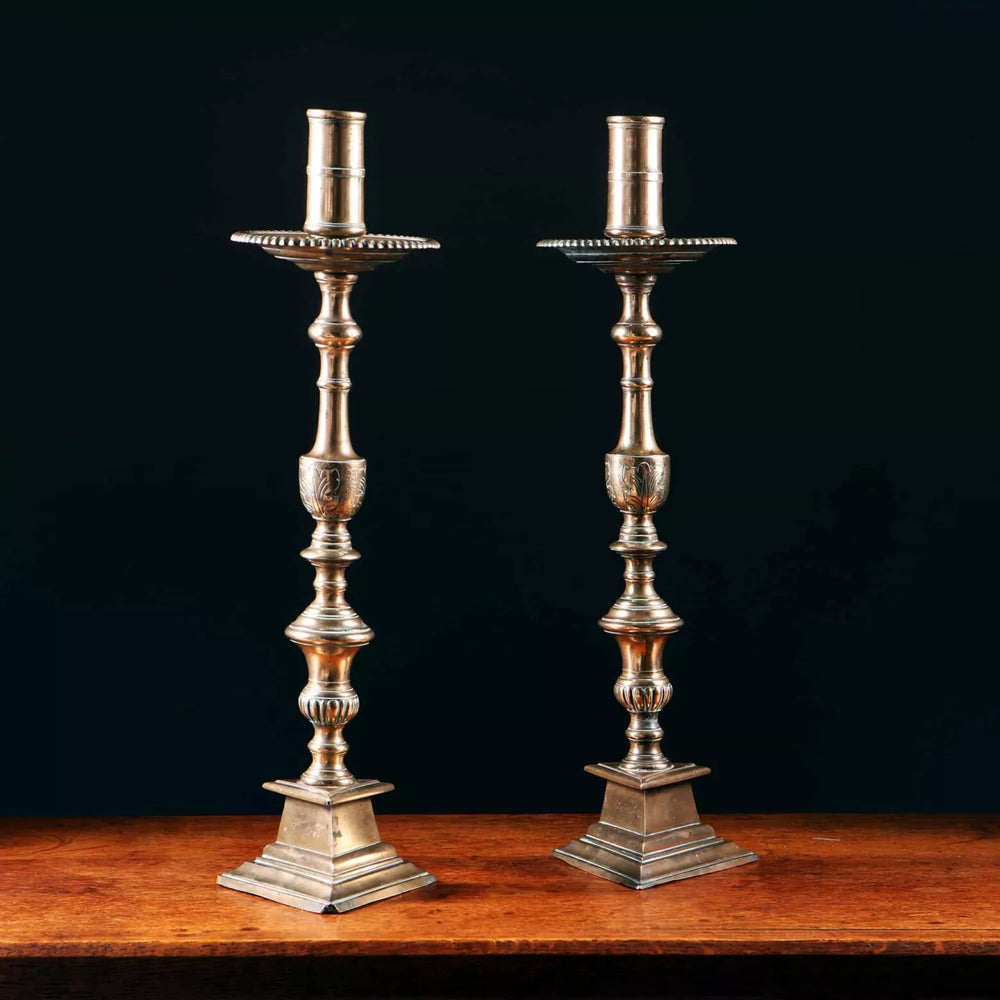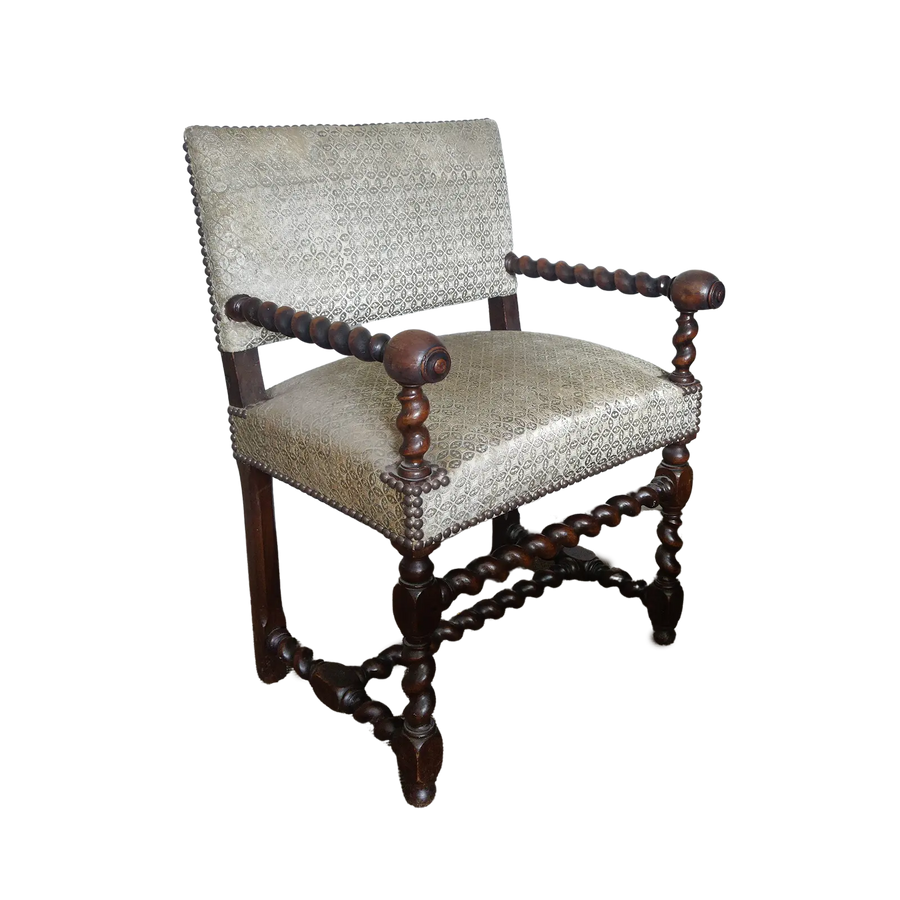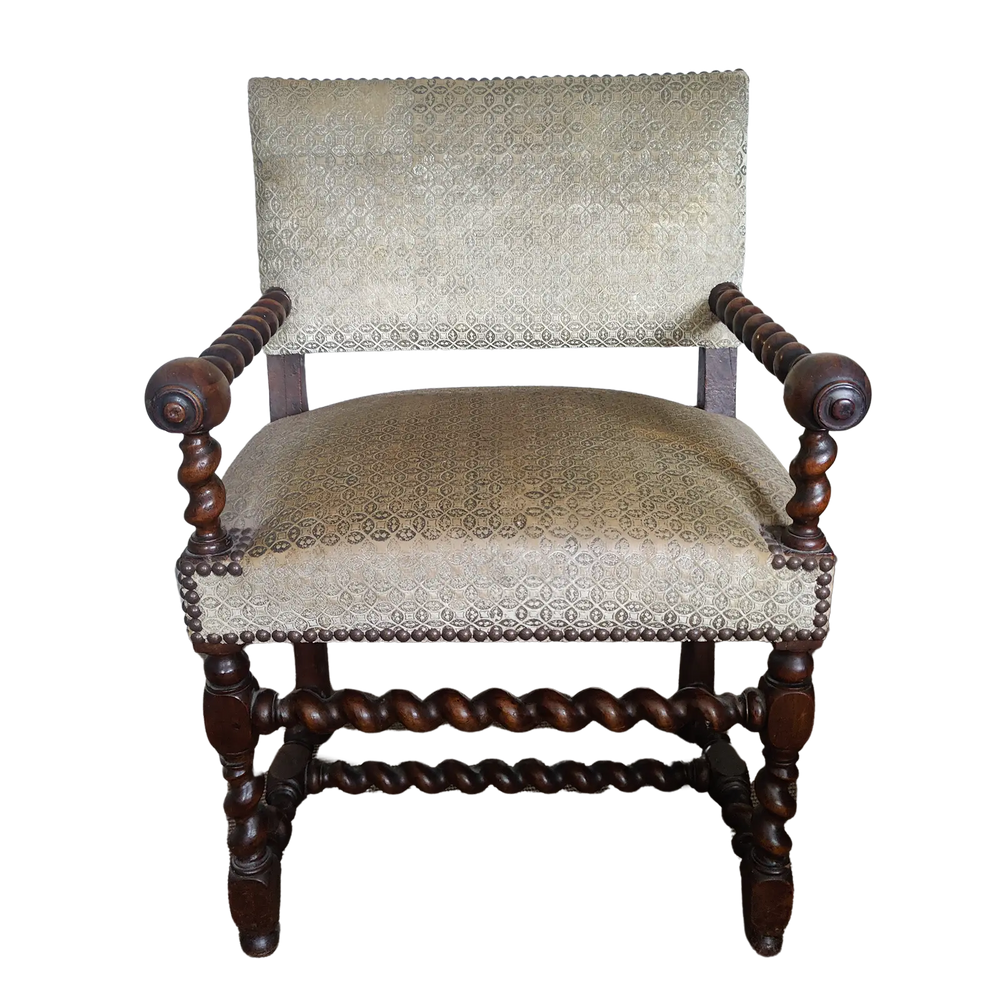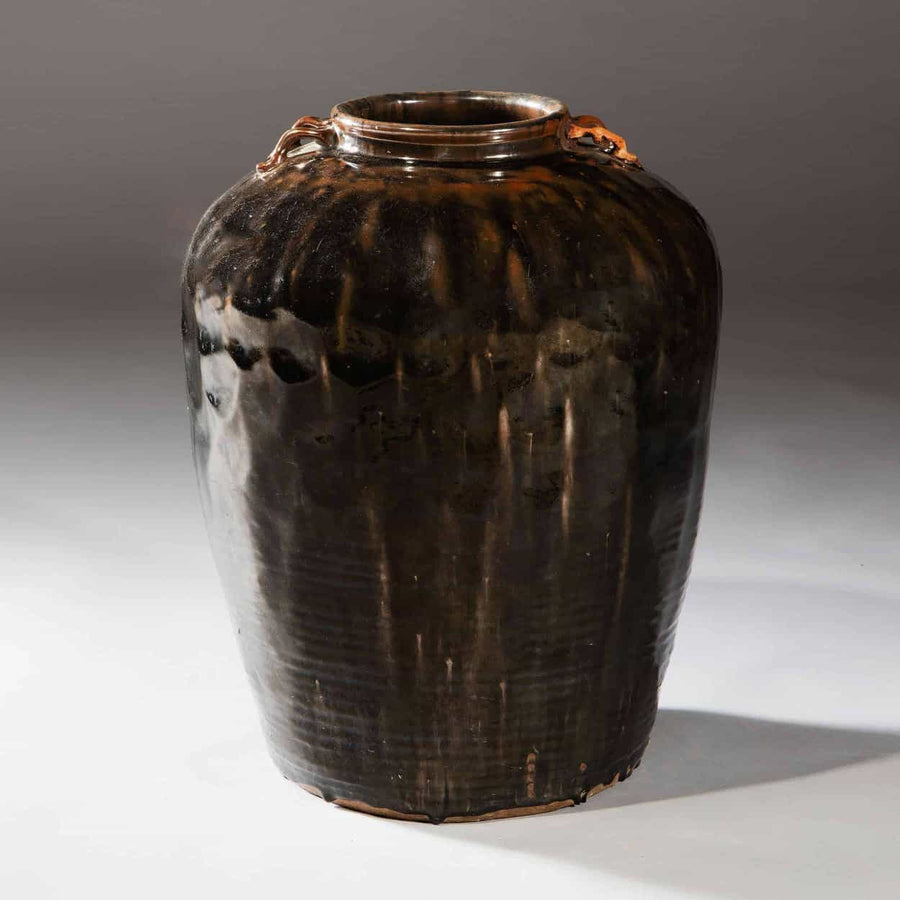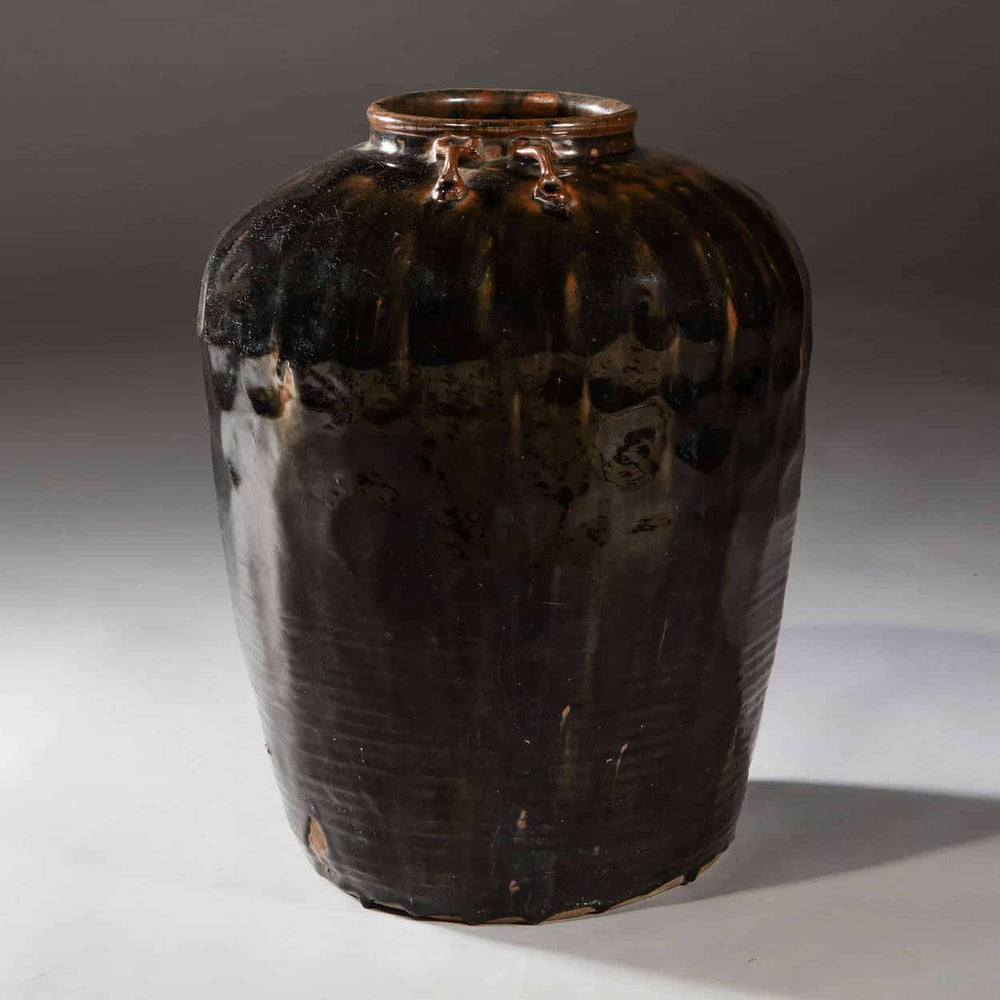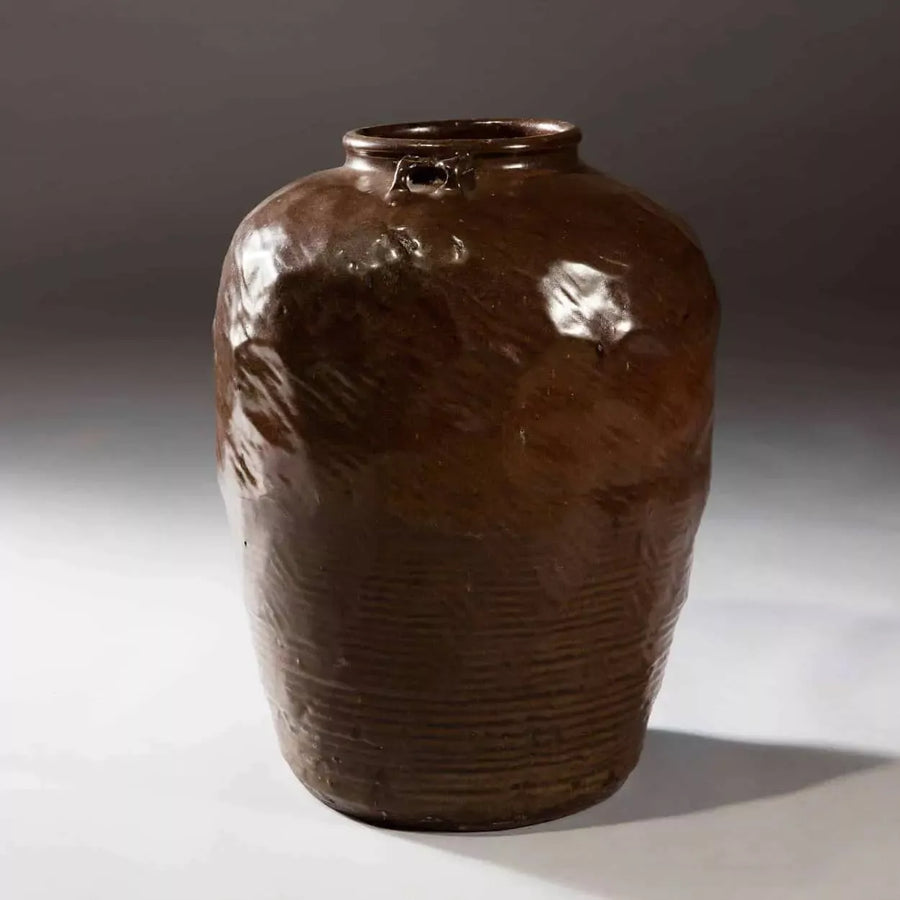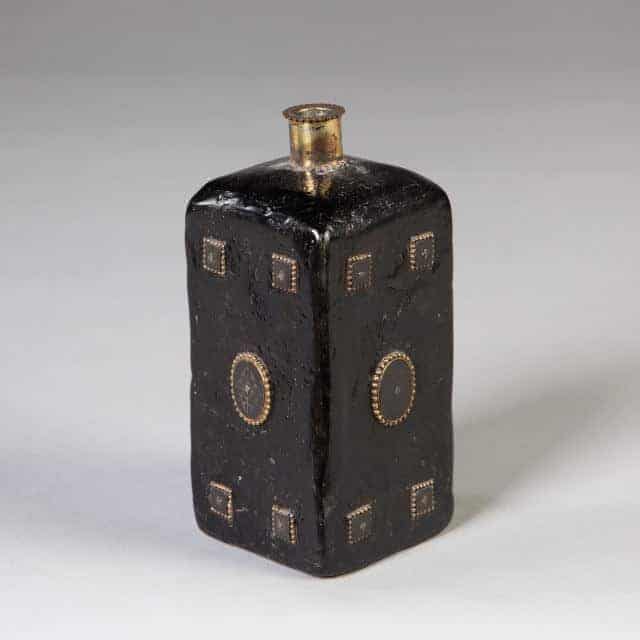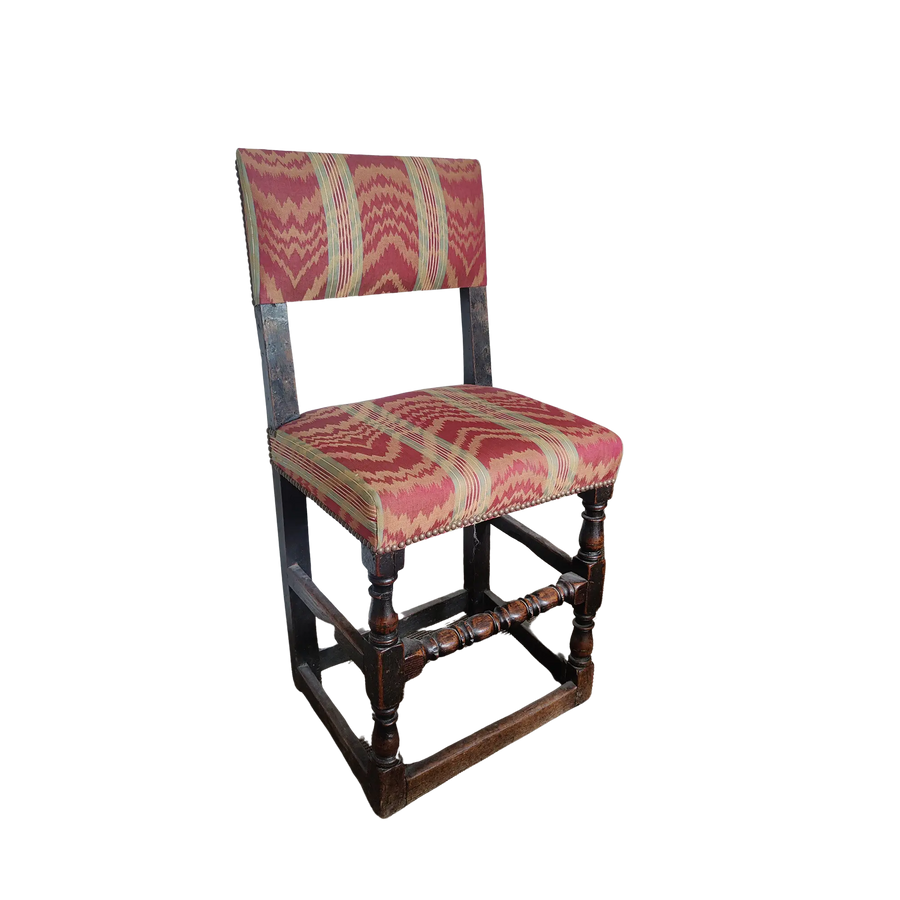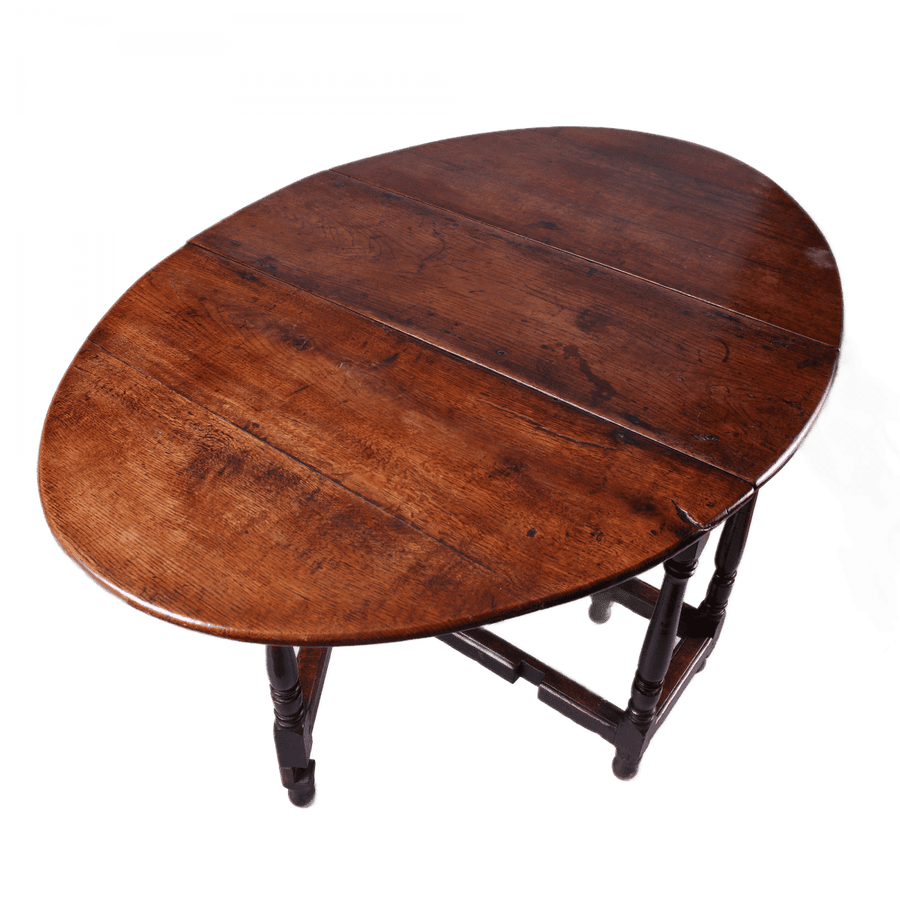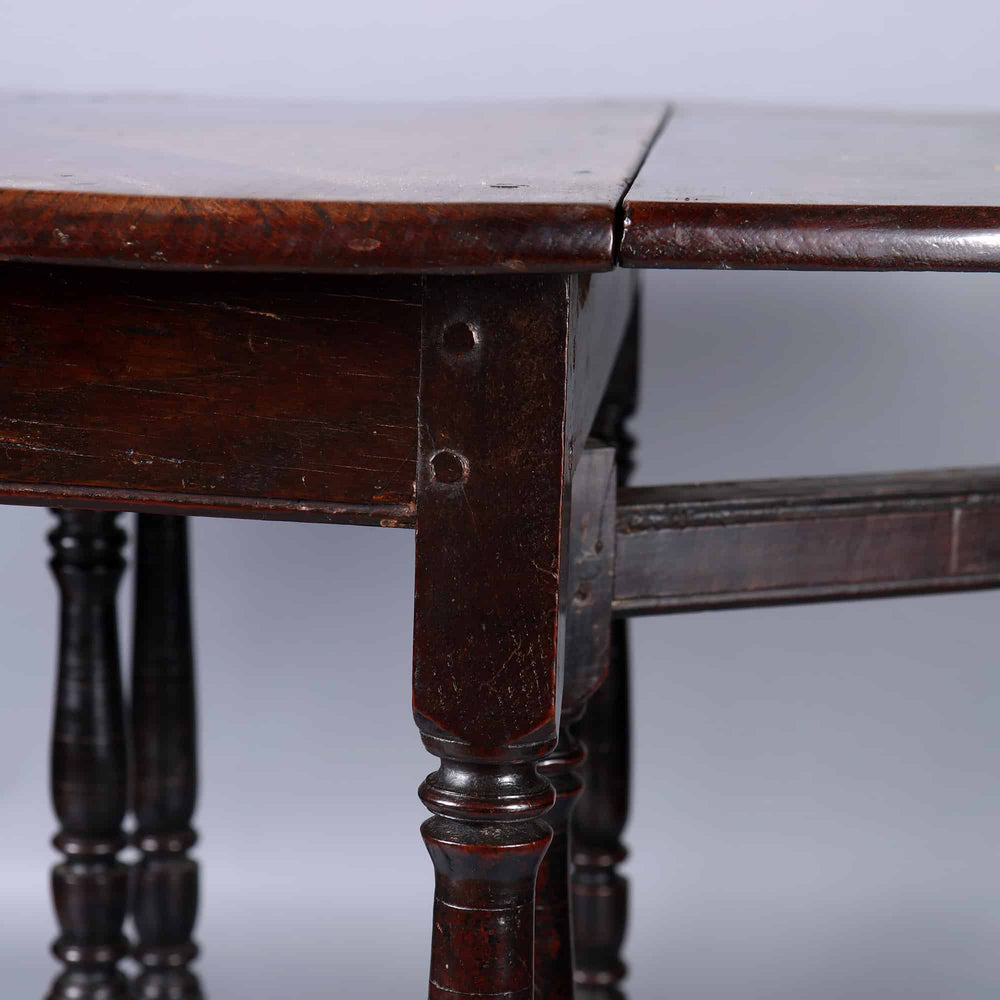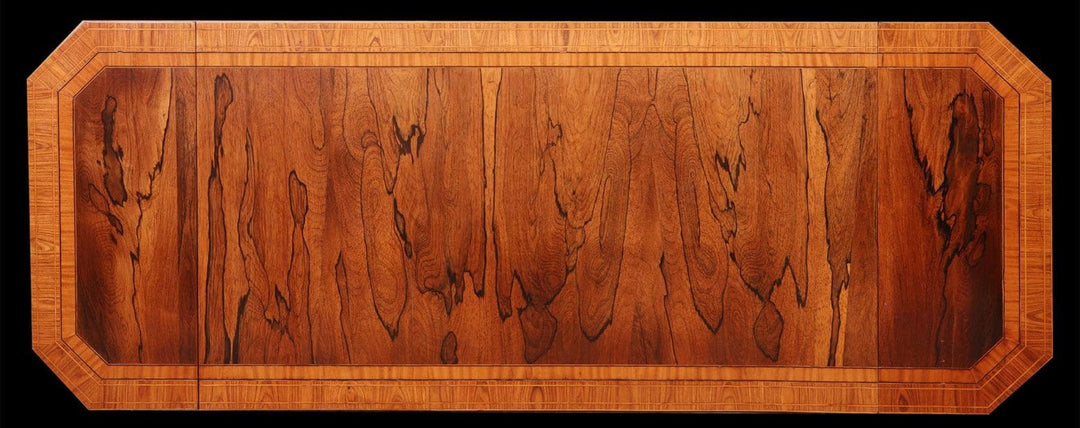
The 16th century was a golden age for furniture and interior design—a period where art, function, and luxury collided to define the Late Renaissance aesthetic. From masterful woodcarving to sumptuous textiles, this transformative era left a legacy that continues to inspire contemporary style and craftsmanship.
The Renaissance Redefines Design
As the Renaissance swept across Europe from its roots in Italy, designers looked back to antiquity, reviving classical Greek and Roman ideals. This influence shaped furniture into refined expressions of symmetry, proportion, and beauty. Gone were the rigid medieval forms—replaced with fluid elegance and architectural detail.
Sculpture in Wood: Craftsmanship at Its Peak
Furniture became canvases for woodcarvers, who adorned cabinets, beds, and chests with scenes from mythology and nature. Motifs of flowers, fruits, animals, and scrolling foliage were common, reflecting not just skill, but a deep artistic narrative that made each piece a statement.
Storage That Dazzled
Cabinets and coffers weren’t just practical—they were beautiful. Richly decorated and often displayed in prominent household spaces, they doubled as showcases for wealth and taste. Storage had never looked so stylish.
The Bedroom as a Stage
Canopy and four-poster beds of the Late Renaissance were grand displays of opulence. Draped in luxurious fabrics and supported by carved columns, these beds elevated the bedroom into a realm of sophistication and status.
Tactile Richness: Tapestries and Textiles
Wall hangings told stories, wrapped rooms in warmth, and illustrated power. With fabrics like velvet, brocade, and silk, interiors became immersive experiences—layered with color, texture, and symbolic meaning.
The Art of Metal
Functional details, such as hinges and handles, received ornate treatment. Brass and ironwork enhanced furniture pieces, proving that every element, no matter how small, was deserving of design attention.
Millefleur: Nature’s Tapestry
The beloved millefleur motif—literally “a thousand flowers”—blanketed tapestries in rich, dense patterns. These vivid florals brought life to rooms, drawing the eye and invigorating the senses.
Furniture Inspired by Architecture
Incorporating elements like pilasters, pediments, and columns, furniture echoed grand buildings. This architectural mimicry gave household items gravitas and tied the domestic realm to cultural sophistication.
Commissioned Beauty: Patronage and Prestige
Elite families, from nobles to monarchs, played a key role in advancing the arts. Their commissions sparked innovation, encouraging artisans to push boundaries and perfect their craft. The result? Timeless designs driven by legacy and ambition.
🏁
Legacy of Elegance
The Late Renaissance wasn’t merely about beauty—it was about harmonising form with purpose. The 16th century brought a sophisticated lens to furniture and décor, one that still resonates in modern interiors. Its influence lives on in every ornate detail, symmetrical form, and reverence for artistry.
Image: Teatro Olimpico, Vicenza - Palladio - Link




